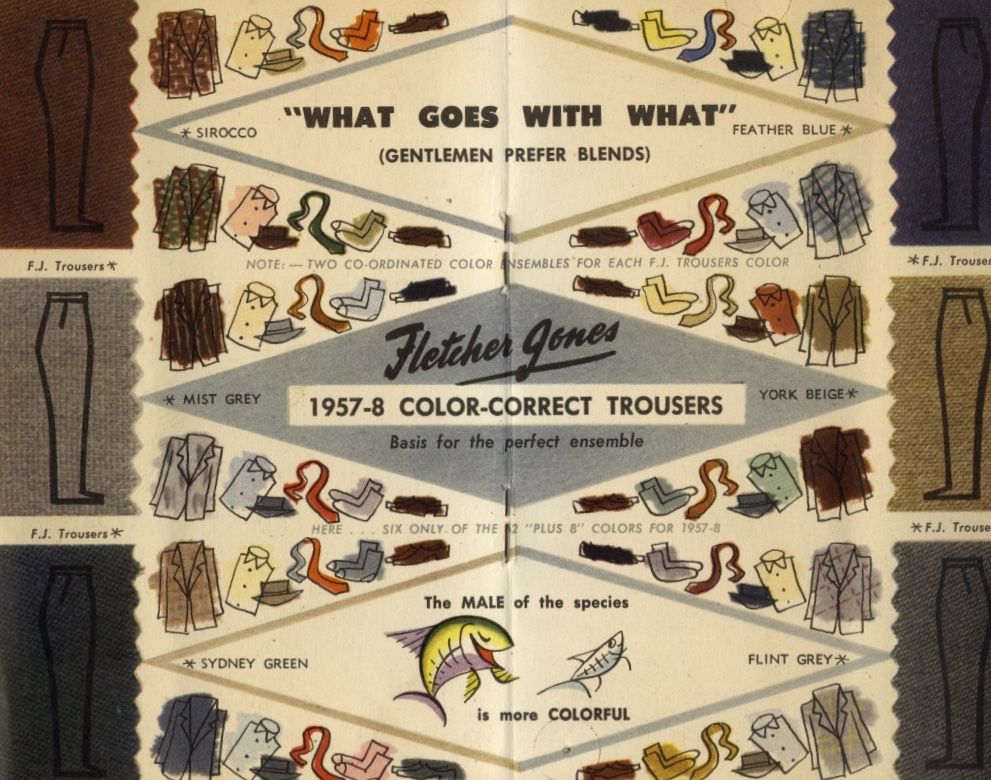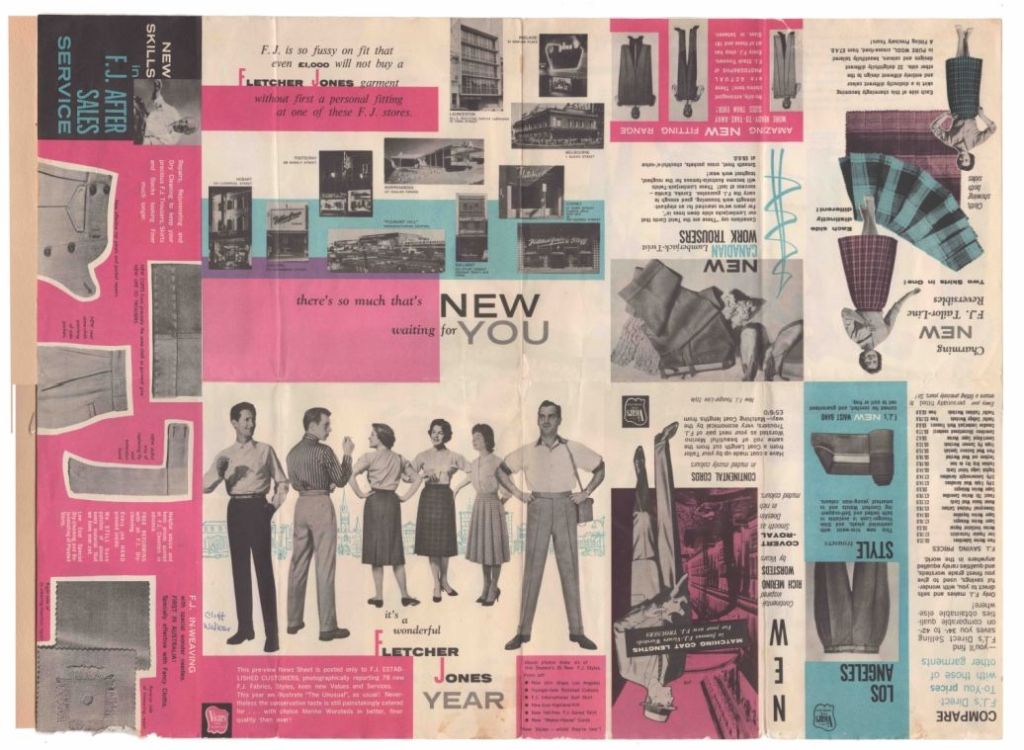Have you ever heard of “SLOW FASHION”?
How old are the clothes you are wearing today?

How often do you buy new clothes and what do you do with your old ones?
Nowadays, most trousers can’t compete with the exceptional quality and longevity of the Plus 8 trousers the elegant FJ Man in front of you is wearing. At this stop, we will look behind the scenes of this popular company…
The Fletcher Jones Company
The Fletcher Jones company was all about quality. The first of Fletcher Jones 6 point policy was:
‘Continually striving to set an example in painstakingly lifting the quality of Australian-made clothing.’
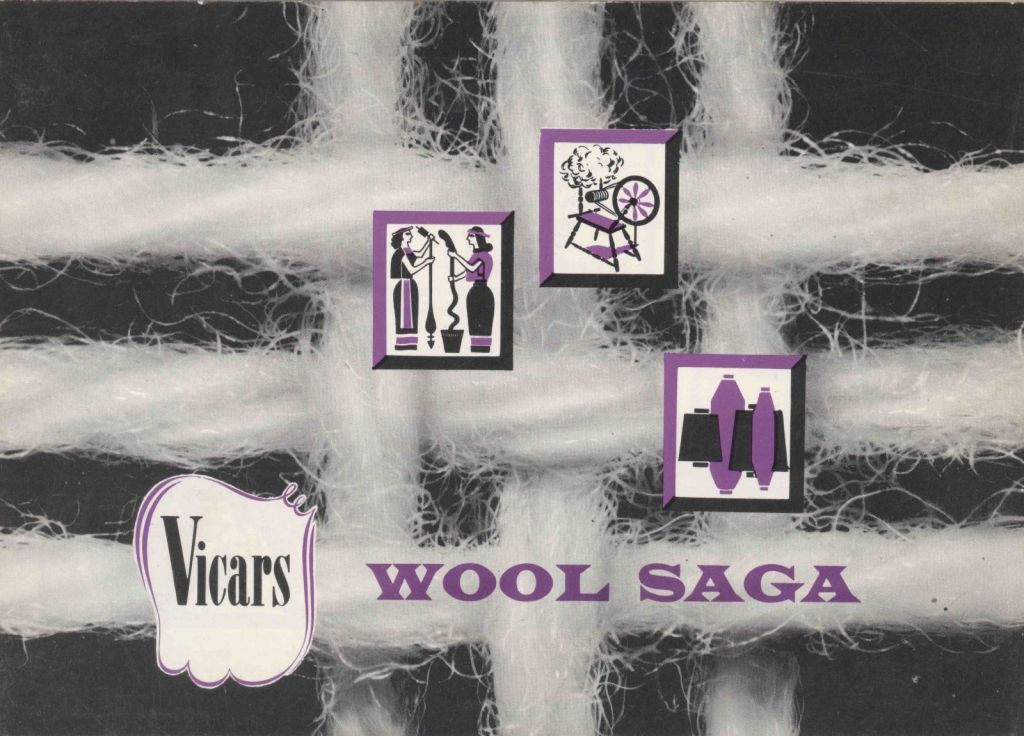
The company used Coverdine in it’s clothing production. A pure wool fabric with super-fine Merino Yarn made exclusively for the company by John Vicars & Co of Sydney. The cloth was way ahead of its time in terms of its quality, performance and appearance.
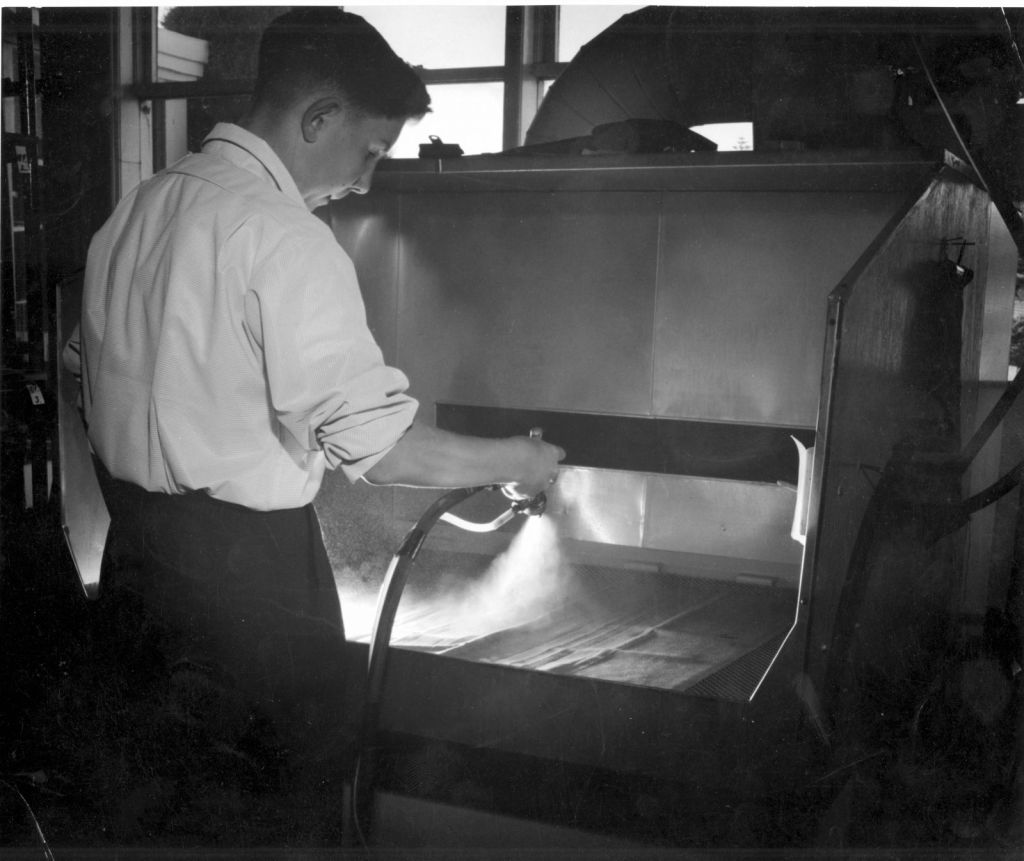
These fabrics were then pressed using a chemical process known as Si-Ro-Set, a new technology released in 1957. The Fletcher Jones company was one of the first Australian companies to have its own fabric testing laboratory in 1964.
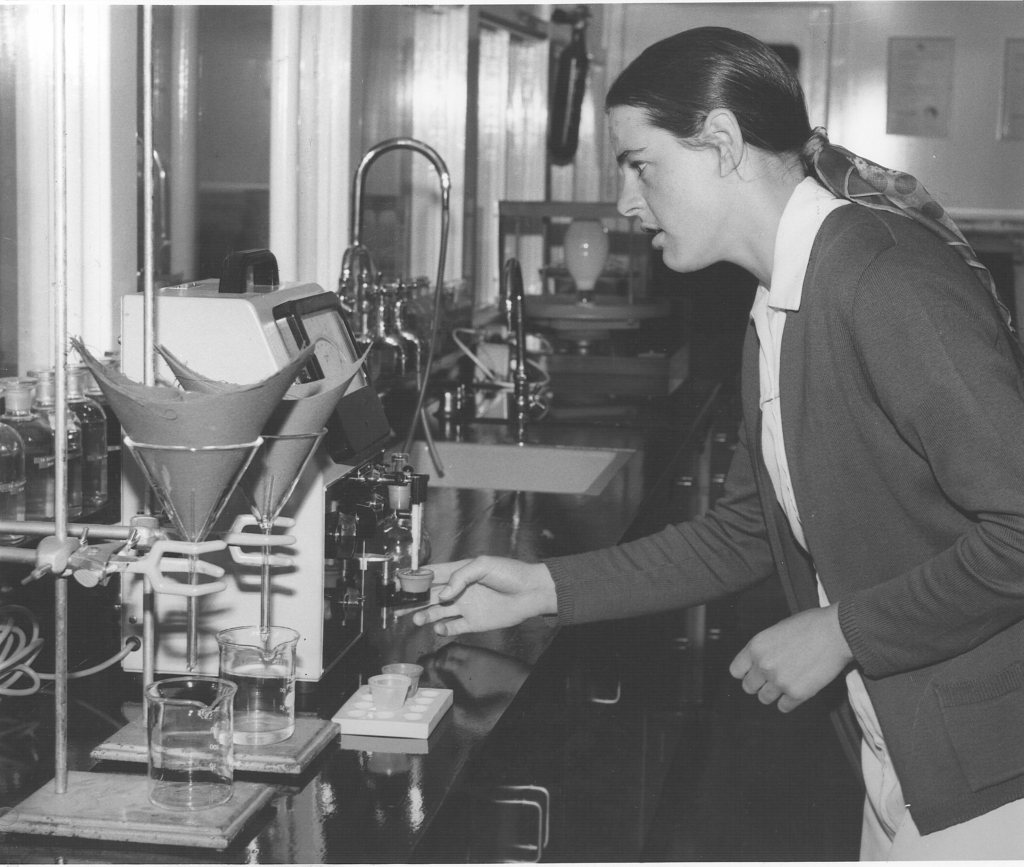
Finally, the garments were impeccably constructed with fine workmanship and attention to detail.
‘[…] Everyone worked hard all day and you had to be very accurate in measuring and cutting or the skirts wouldn’t be good enough for the customers who had been fitted and ordered them. Checks had to be matching or they were sent back. If they were cut 1/16 of an inch out, they were sent back and we had to make a new one.’
Betty Goodman
‘We Are Interested in Your Garments as Long as You Are’
This was one of the slogans that came from the company’s catalogues. The Fletcher Jones company was known for it’s after-sale service to ensure the long-term upkeep of their customer’s garments.
Sustainability
The practice of deliberately installing shorter life spans into products has become common-place to encourage fast-paced consumption.
Instead of striving for “slow fashion” like Fletcher Jones, many manufacturers favour the idea of “planned obsolescence”, where products are designed to deteriorate over time.
Such tendencies were present in the clothing market as early as the 1960s…
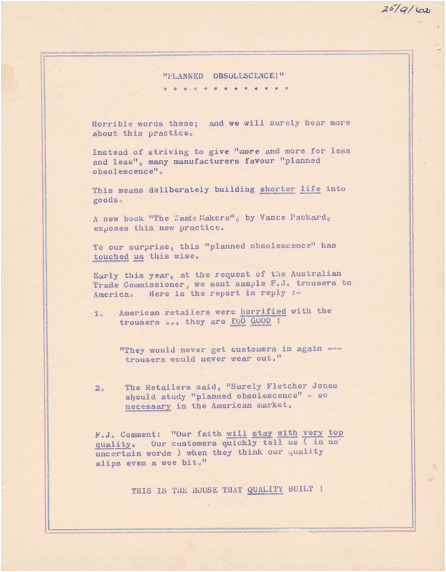
This “Do You Know” from September 1962 reveals the reaction of American retailers who were sent some FJ trousers at the request of the Australian Trade Commissioner. They were genuinely horrified because the trousers were TOO GOOD to ever be worn out!
Jones had the flair of a showman, these could be seen in the unique designs and slogans in these catalogues. However these were by no means mere advertisement. They also included a “first aid kit” showing the customer how to keep their Fletcher Jones clothes in the best shape possible.
Fletcher Jones and Staff wanted their customers to keep and enjoy their clothes for a lifetime – talk about “slow fashion”!
And the quality goes on… Tonia Wilcox shares her close attachment to her Fletcher Jones skirt…

‘I was always a proud wearer of the Fletcher Jones skirts and jackets. Most of my hard earned cash was spent on a new outfit as often as I could. It was the saddest day when I learned that the factory was closing and the skirts and jackets would no longer be made. There has not been a manufacturer then or since that has made such good quality garments. I am certain that there are many more women that would feel the same.’
– Wendy Tabrett –
The Plus 8 Man
The Plus 8 Man on site is one of the most recognisable symbols of the Fletcher Jones company.
But what does “Plus 8” even mean?
Fletcher Jones’ personal fitting policy resulted in a stock of trousers in 72 mathematically determined sizes, aimed at accommodating the diverse shapes of the Australian male population.
Because eight inches of extra cloth were cut into the drape, they were known as “plus-eights”
Today, the sculpture in front of you is the only remaining instance of the Plus 8 Man on site. However there used to be many more!
How many of them can you spot in this picture?

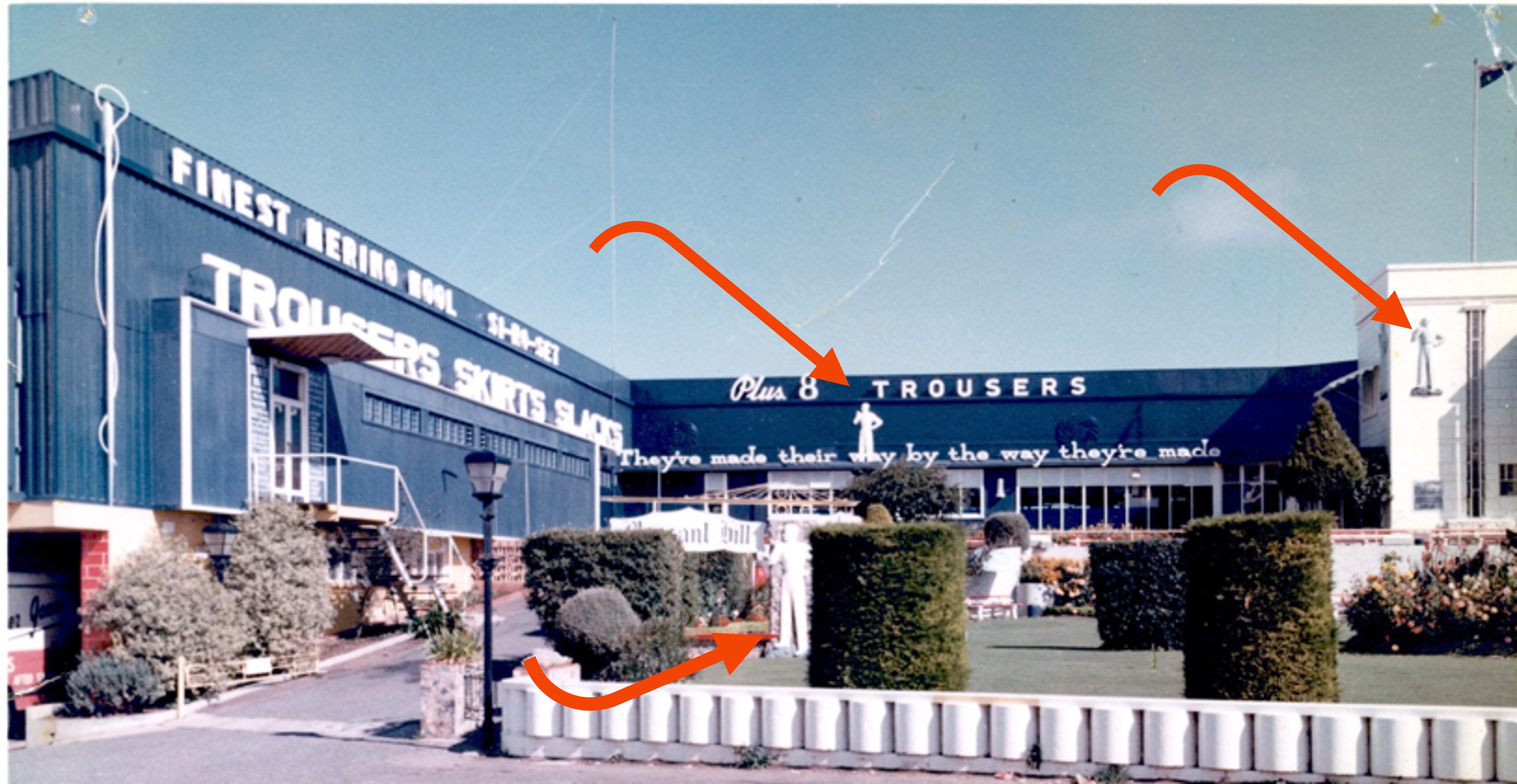
The Fletcher Jones garments were built to fit, to last and could be easily brought back to be cleaned, repaired or altered for life. These are the very qualities that could be described as ‘Slow Fashion’. In today’s throwaway society, keeping a piece of clothing for life is now uncommon.

